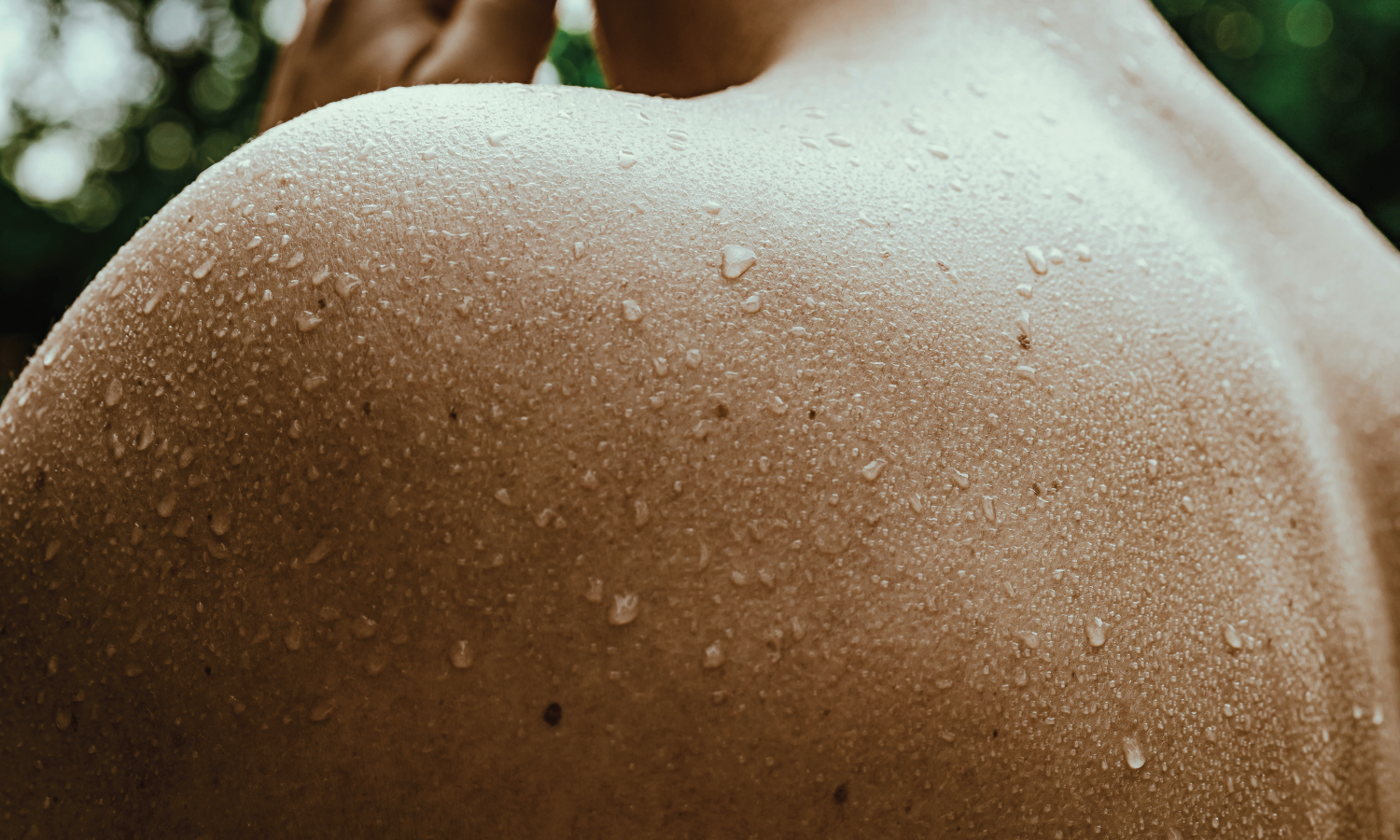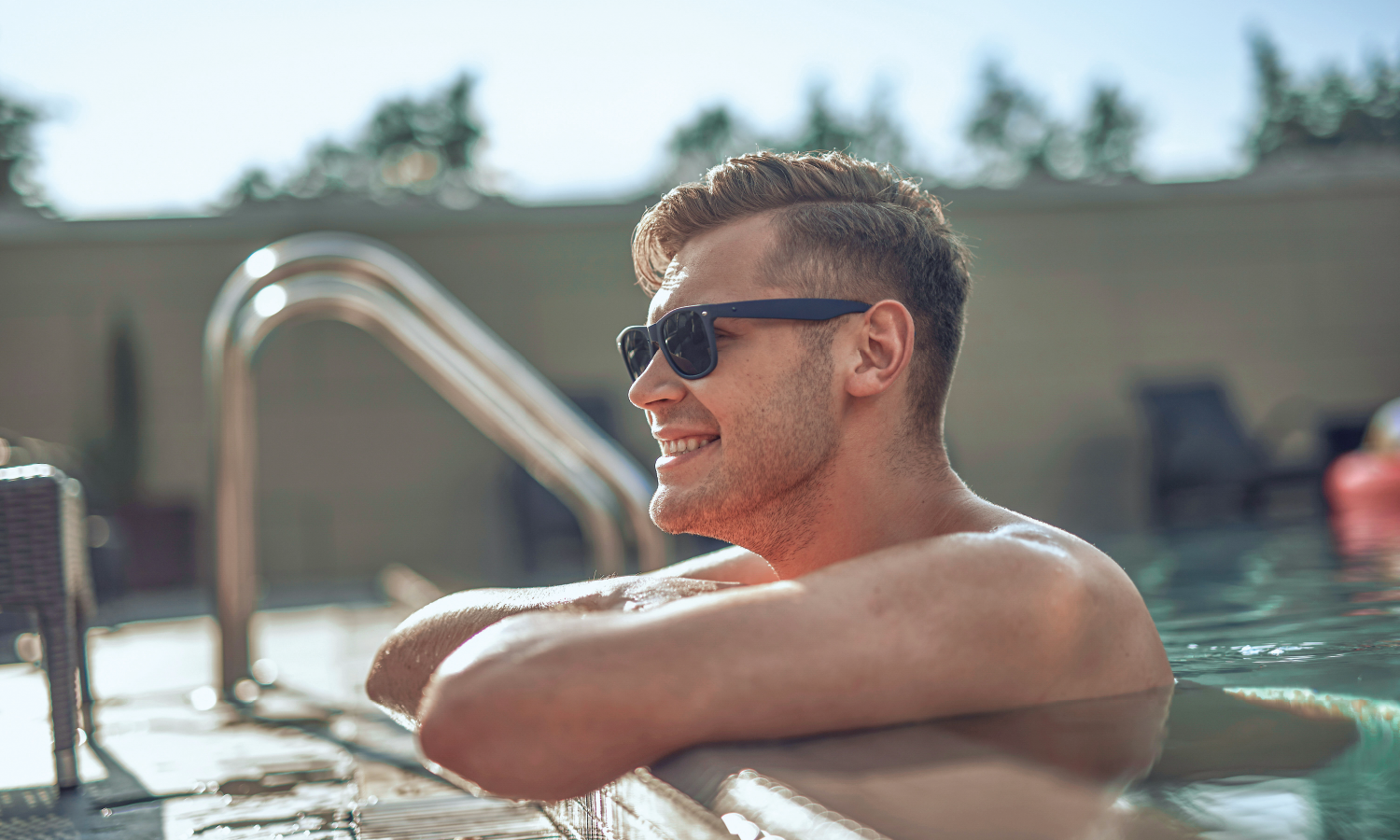How does My Body Respond to the Heat of a Sauna?
In our last post we mentioned that our body requires a narrow, tightly controlled window of core temperature to maintain function. We also discussed that thermoregulation is our body's system for achieving that.
But what are the actual mechanisms our body uses to lose and gain heat when required?
Many of these will no doubt be familiar to you, even if you weren’t certain of their ultimate purpose. Let’s start with heat loss.
Vasodilation at the Skin
Vasodilation refers to our body’s ability to actively widen blood vessels relative to their normal state.
As you might imagine, widening blood vessels increases the amount of blood that can flow through them.
Under heat stress, by widening blood vessels close to the surface of our skin, our body effectively draws blood, and with it heat, from our core to our periphery. This enables that heat to be dissipated into the environment.
Increased Cardiac Output
In order to support the increase in blood flow to our skin and maintain blood pressure, our heart also works harder to increase cardiac output. This is driven primarily through an increase in our heart rate.
In fact, heat stress induced increases in cardiac output can mirror that of low to moderate intensity exercise (without the muscular requirements of course). If you’ve ever been in a sauna and felt like it was hard work just sitting there, it’s because it was!
Sweating
In addition, and especially when the environment is hotter than our body temperature, sweating is a key mechanism of heat loss.
Under heat stress, sweat glands distributed over the surface of our body are stimulated to release sweat onto our skin at a higher rate. That sweat then evaporates, absorbing heat in the process and transferring it from our body to the environment.
If you’ve ever noticed that you feel hotter in more humid conditions, it’s because in more saturated air the rate of evaporation slows down, reducing our ability to lose heat through sweat.
Behavioural Changes
Finally, behavioural changes can also be an effective mechanism for heat loss, including decreasing movement, adopting a more open body position, removing clothing, and reducing food consumption.
Can you remember experiencing any of these responses in a hot environment? Do you think they were effective at keeping you cool? Did they become more effective the more times you experienced heat?
In our next post, we’ll explore the other side of thermoregulation - heat gain.




